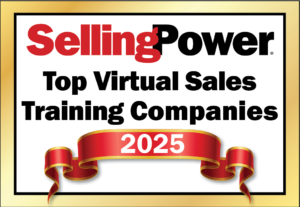Get Better Results from Online Product Demos
Sales 2.0 tools have made it possible to get your message out to countless prospects and customers at relatively low cost. Before you step onto that virtual stage, make sure you’ve put together a great show. Jim Benton, vice president of sales at ClearSlide, shares some pointers for effective online demonstrations:
Select the right tool.
Your choice comes down to Web-conferencing tools or Web-presentation tools. Web-conferencing tools (e.g., WebEx) tend to be more formal conferencing environments. They involve more planning and setup and have features similar to a classroom or meeting room, such as polls and online chats. By contrast, Web-presentation tools (e.g., ClearSlide) tend to be more ad hoc. They can be launched without planning and typically focus on a shared-screen environment, rather than on a simulated classroom. In addition, Web-conferencing tools typically provide a playback of the entire conference, whereas Web-presentation tools provide detailed tracking of subsequent customer access to the slides.
Tell a story.
Think of your demonstration in terms of the plot of a good movie or book: It should have a beginning, middle, and end. Highlight the key points that will help the prospect make a decision and move the sale to the next step. Also, make sure that you anticipate and address likely questions.
Keep an eye on the clock.
Don’t forget to rehearse using your slides, videos, and demo programs until you know how to use them. Prospects are seldom willing to wait through set-up fumbles. Get all the kinks worked out of your presentation before actually speaking with the prospect. Always be conscious of the prospect’s time. Don’t make your demo last for seven minutes when four will do.
Include variety.
In order to keep the prospect interested, use a combination of slides, interactive Web pages, video, and live demos (typically via screen sharing) as part of a well-scripted presentation; however, make certain that the multimedia approach is a sensible presentation of the story that you’re trying to tell. Don’t show a video just because you can.
Make it personal.
Always make sure a demo shows prospects something that relates to their business or service. Show them how your product can work for them, not how it works on its own. Include data specific to their company and industry. This shows that you care enough about the prospects’ needs to do some research.
Follow up immediately.
Don’t let the demonstration become a dead end. Send a follow-up email immediately after the demonstration, preferably with a link to the demonstration materials you used.
For more information, visit www.clearslide.com.
Get our Enewsletter
Get the latest sales leadership insight, strategies, and best practices delivered weekly to your inbox.
Sign up NOW →